Borrowing money also wants to buy a new Mercedes-Benz E-class long-axis version with five questions and five answers.
[XCAR Five Questions and Five Answers Original]
On August 22, 2016, the new E-class long-axis version of Beijing Benz was officially launched, and a total of six models were launched, with a price range of 436,800-499,800 yuan. The Mercedes-Benz E-Class long-axis version listed this time is the tenth generation model and the third generation model made in China. The new Mercedes-Benz E-class long-axis version continues the essence of S-class in appearance and interior. Compared with the standard-axis version, the wheelbase has increased by 140mm, and the configuration has been improved in all directions. The competitiveness is no longer the same as that of the old model. What are the highlights of the new Mercedes-Benz E-Class Long Axis Edition? Can face value and configuration conquer consumers? Is the comprehensive competitiveness strong? The following is to answer these questions through the special column "Five Questions and Five Answers" of Aika Automobile. Let’s talk about the editor’s personal thoughts in advance. When I see the brand-new Mercedes-Benz E-Class long-axis version, I want to buy one especially even if I borrow money. I wonder if you will have this idea after reading the following introduction!
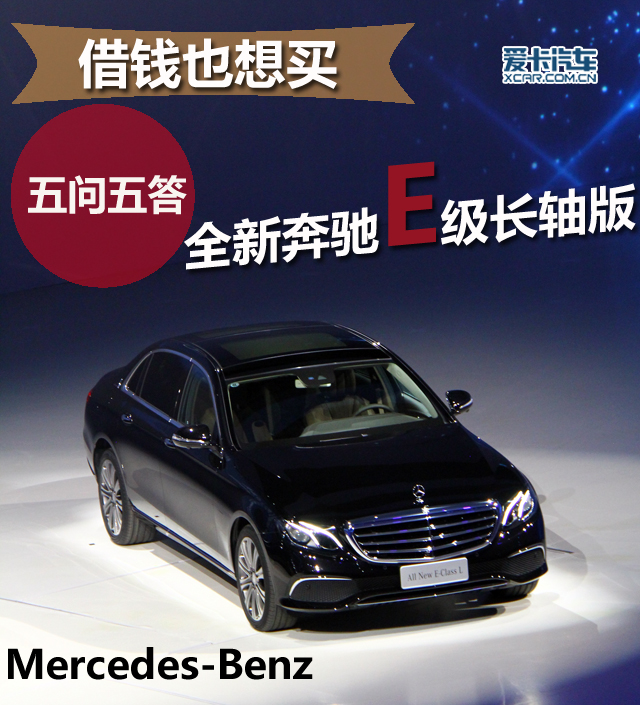
Question 1: Which generation is the new Mercedes-Benz E-Class long-axis version?
In fact, friends who are interested in Mercedes-Benz E-Class must have a better understanding of its history, but I believe there are still many netizens who are not very clear about it, or only know about several generations of models that are closer to us. In fact, the development of Mercedes-Benz E-Class has experienced ten generations of models. For a model with a history of nearly 70 years, we have no reason not to understand its past. In other words, the first generation of Mercedes-Benz E-Class has been very far away from me. At that time, my parents were not born yet, so I couldn’t learn about the past of Mercedes-Benz E-Class from my parents, so I could only collect materials from all directions. If there is any poor introduction, please forgive me.
The first generation models are for you who like nostalgia.
Need to remind everyone that before the launch of the mid-term redesign of the sixth-generation Mercedes-Benz E-Class, it was not named after the familiar "E-Class", but named after the chassis number of W plus number.
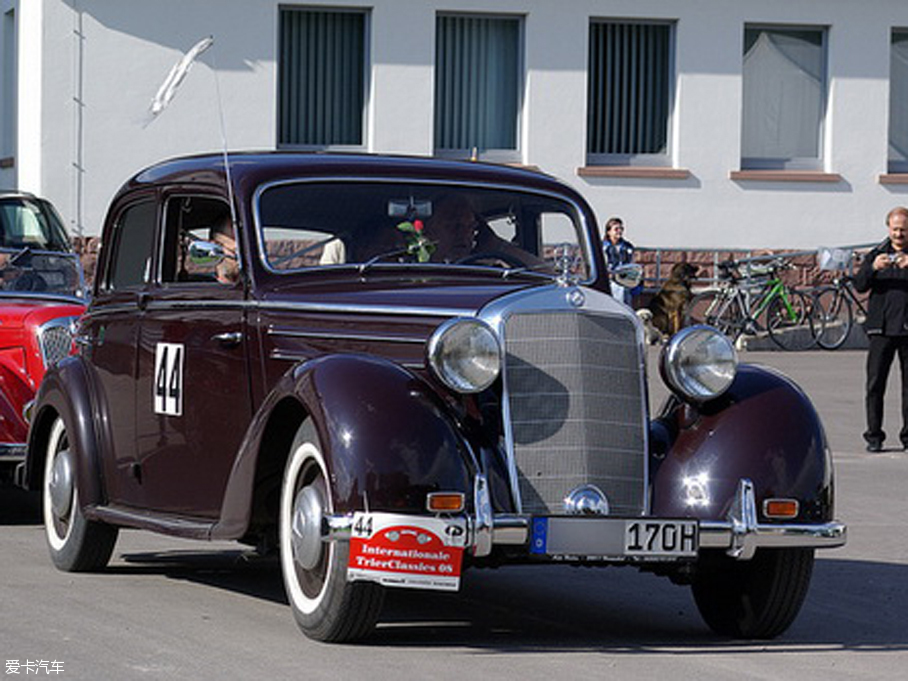
Let’s first look at what the first generation of Mercedes-Benz E-Class looks like. The birth of the first generation of Mercedes-Benz E-Class dates back to 1947. After World War II, Mercedes-Benz resumed production of 170V and 170S models with chassis codes W136 and W191. The first generation of Mercedes-Benz E-Class was improved according to the model before World War II. The features such as independent headlights and independent rims are very obvious and full of retro style.
The second generation Mercedes-Benz E, the first sedan captain, is like this.
In 1953, the second generation Mercedes-Benz E-Class was born. The model was named 180 and the chassis number was W120. The second-generation Mercedes-Benz E-Class has completely escaped from the shadow of the first-generation model, and it is also the first sedan of Mercedes-Benz E. It adopts a non-loaded body to ensure spacious interior space. In terms of power, it adopts a 1.8L four-cylinder engine with a maximum power of 52Ps, and the transmission is matched with a 4-speed manual transmission. In 1955, the second generation Mercedes-Benz E introduced an upgraded model 190 with chassis code W121, which was not discontinued until 1961.
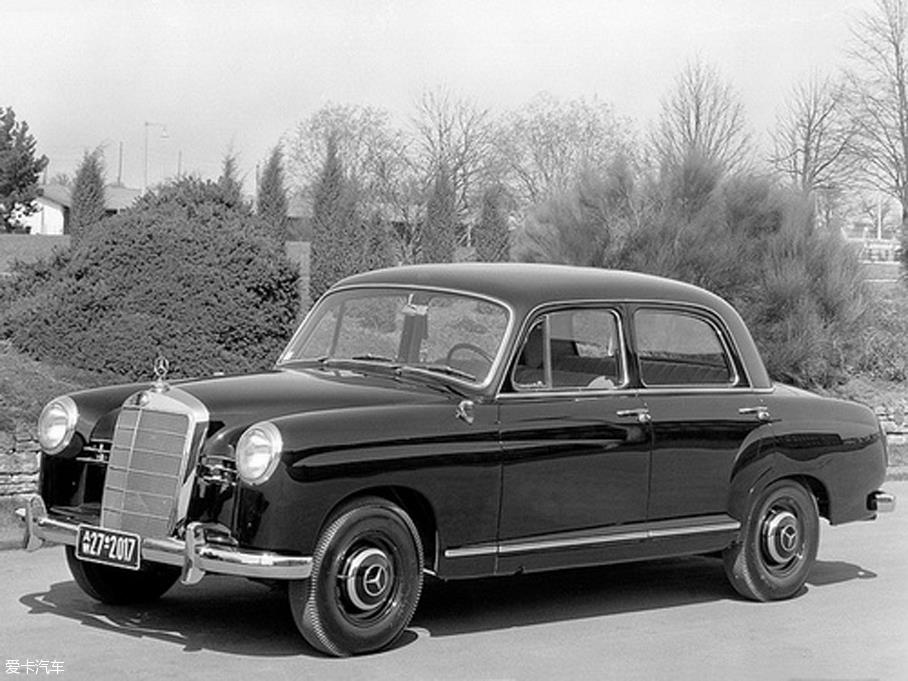
The sales volume of the fin-shaped tail of the third-generation model exceeded 620,000.
In 1961, Mercedes-Benz introduced the third generation E-Class with chassis code W110, including two models: 190c/190Dc. The biggest change of this generation is the fin-shaped rear design. The body size has also been upgraded, with a length of 4730mm and a wheelbase of 2700mm.
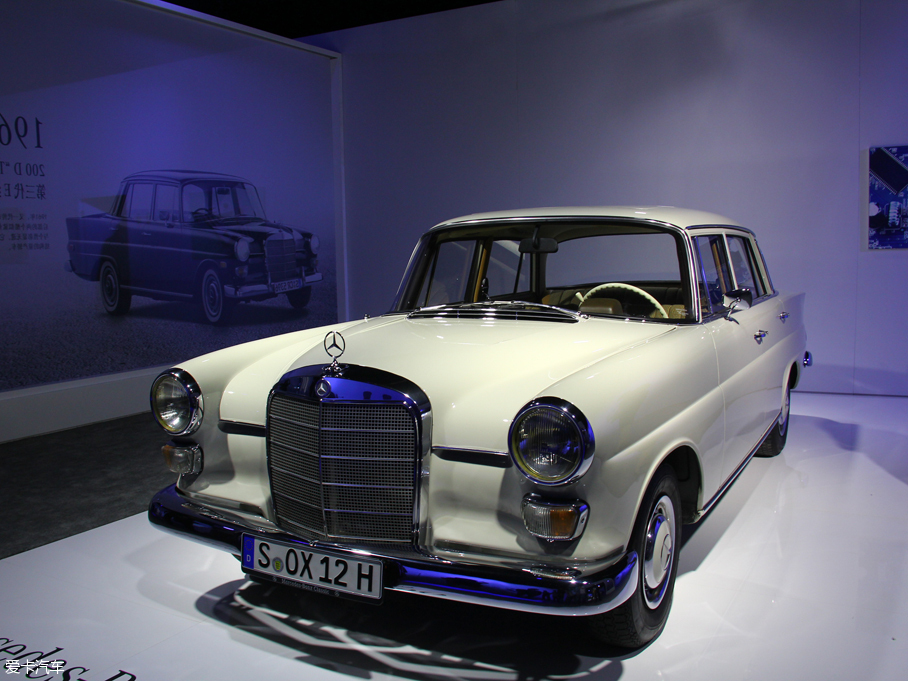
In terms of power, the 190c is still equipped with a 1.9L gasoline engine with a maximum power of 80Ps, while the 190Dc is equipped with a brand-new 2.0L diesel engine with a maximum power of 55Ps. Since 1962, W110 series has added a four-speed semi-automatic gearbox on the basis of a four-speed manual gearbox. In addition, in the later period of W110 series, a 230 model equipped with a six-cylinder 2.3L gasoline engine was added for the first time, with a maximum power of 105Ps. By the end of production in 1968, the third-generation Mercedes-Benz E-Class sold a total of 620,000 vehicles.
The fourth-generation models have sold more than one million years ago.
In January 1968, Mercedes-Benz officially launched the brand-new Stroke Eight "/8" car series, which is the fourth generation Mercedes-Benz E, with the chassis code W114/W115. This generation of cars has changed greatly in appearance, giving up the fin-shaped rear design of the third generation models and using a lot of concise and lively design styles. In addition, this generation of Mercedes-Benz E-Class models began to enrich, providing a total of 15 models for consumers to choose from, which is also a huge vehicle layout today.
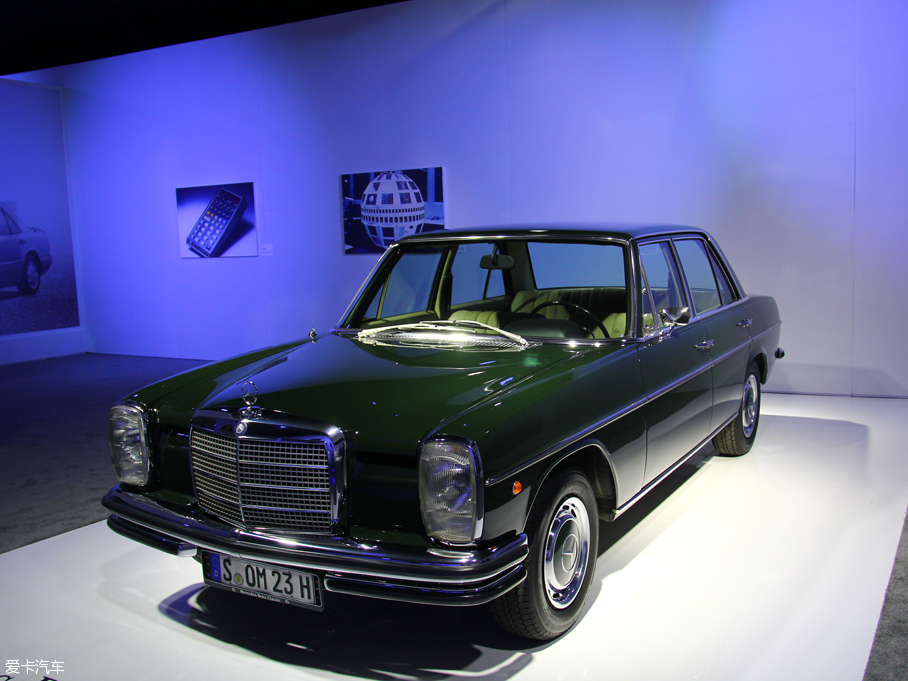
In addition, it should be noted that the parking brake of the fourth-generation Mercedes-Benz E bid farewell to manual operation, but adopted the pedal-operated auxiliary brake that we are very familiar with, and at the same time adopted the diagonal swing shaft on the rear suspension, which improved the overall balance, comfort and stability of the vehicle. In terms of power, the W114 series is equipped with a six-cylinder engine, and the upgraded W115 is equipped with a five-cylinder or four-cylinder engine. The top 250CE model also joined the Bosch D-Jetronic electronic fuel injection system for the first time. The fourth-generation Mercedes-Benz E-Class didn’t stop production until 1976, and the cumulative sales volume was close to 2 million.
The fifth-generation car was made in China for a short time but left an eternal memory.
In 1976, Mercedes-Benz officially launched the fifth-generation Mercedes-Benz E-Class with chassis code W123. This generation of cars has undergone minor changes in appearance, such as changing the lights to horizontal design, and the shape of the water tank grille at the lower part of the front face is also very modern. This generation of Mercedes-Benz E launched the five-door travel version, two-door Coupe version and four-door long-axis version for the first time.
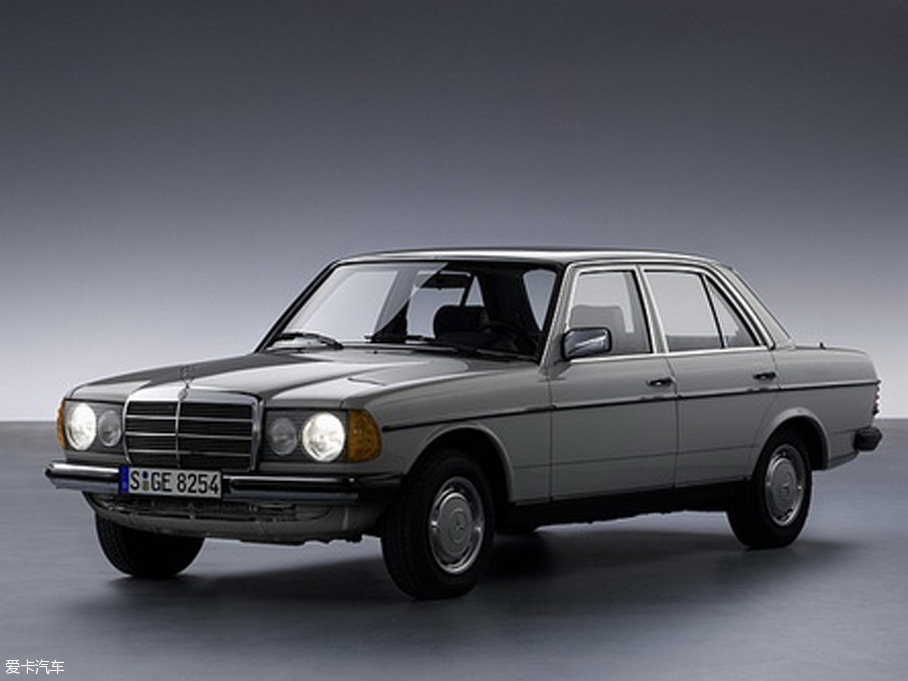
In terms of safety, the fifth-generation car has also made a qualitative leap. First, the fuel tank is placed on the rear axle of the car to reduce the danger caused by collision. In addition, a new safety steering column is added, which can fall off sideways in a side collision to prevent the steering wheel from folding into the car in an accident and causing harm to the people inside the car. In the mid-term change, this generation of E-class supports the optional ABS and driver airbag, and the safety is further improved. In terms of power, this generation of Mercedes-Benz E-Class adopts a new 2.8L inline 6-cylinder DOHC fuel injection engine on the 280E model, with a maximum power of 142Ps.
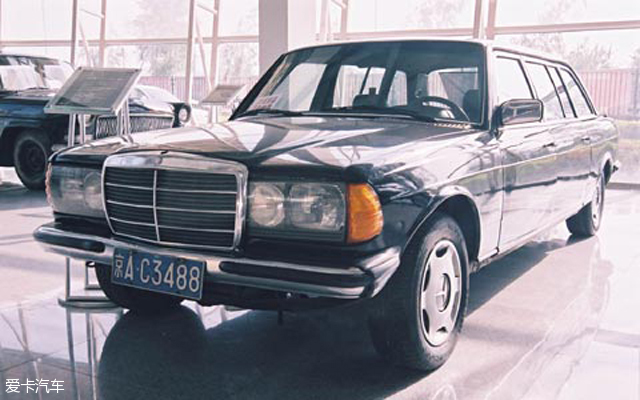
It should be noted that in 1988, the fifth-generation E-Class was also introduced from Changchun FAW in the form of CKD, with a total volume of 828. Less than 1,000 of these vehicles are mainly used by senior national leading cadres and foreign guests, and the number of them entering private homes is very small, which cannot be compared with today’s domestic E-class.
The sixth-generation car was officially named "E-Class Car" and was first imported into China.
In 1985, Mercedes-Benz introduced the sixth generation of Mercedes-Benz E-Class, and the chassis code was W124. In June 1993, the name of "E-Class sedan" in E+ digital mode was formally determined. This generation of E-Class sedan was also the first E-Class imported from China by Mercedes-Benz.
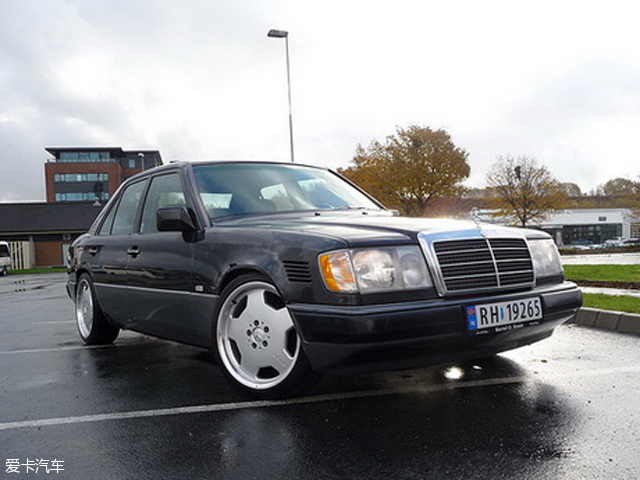
The sixth-generation E-class has changed greatly in appearance, and the overall design is more elegant and stable, and the convertible version has been launched for the first time. The weight of this generation of cars has been optimized, the handling performance is better, and the aerodynamic design is equally excellent. The drag coefficient of 0.28 is the best evidence. In terms of safety, the driver’s airbag and ABS have been changed from the option of the previous generation to the standard, and new options such as the co-pilot airbag and ASR traction control system have been added.
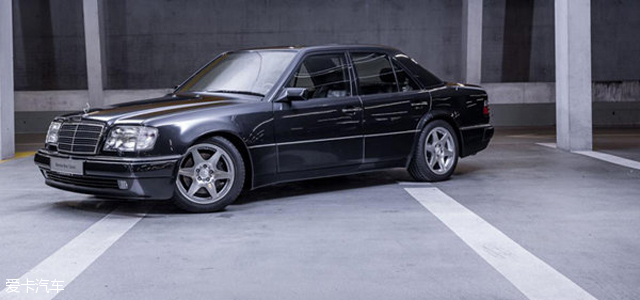
In terms of power and chassis, in addition to retaining the four-cylinder, five-cylinder and six-cylinder engines, this generation of models has also introduced a 500 E model equipped with a 5.0L V8 engine, with an acceleration time of 6.1 seconds from 0 to 100 km/h and a maximum speed of 250km/h, making it the first model equipped with the first generation of 4MATIC four-wheel drive system. In terms of chassis, this generation of models adopts front multi-link and rear independent suspension, which is more excellent in comfort and handling. In addition, in 1986, the two-door Coupe was also equipped with a 5.6L V8 engine with a completely independent cylinder head developed by AMG, which was only an engine manufacturer at that time. The maximum power reached 360Ps and the 0-100km/h acceleration time was 5.4 seconds. Then in 1990, Mercedes-Benz officially cooperated with AMG, and the launch of E 60 AMG and E 36 AMG created the history of E-class AMG models.